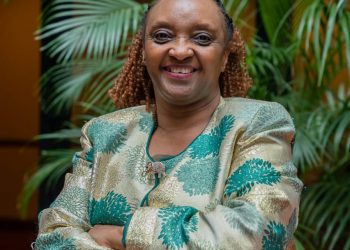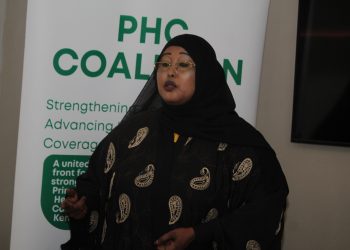By Ngumbo Njoroge
Children whose mothers have no education are less likely to be vaccinated than children whose mothers attended formal schooling. According to data on global childhood immunisations by World Health Organisation (WHO), only seven in ten children whose mothers have no education in Kenya are likely to be vaccinated while three receive no form of vaccination, exposing them to risk of disease.
Data shows that immunisation coverage was consistently higher among children of mothers with more education. Median coverage for mothers with primary school was 14 percentage points higher than for mothers with no education whereas coverage for mothers with secondary school education or more was three points higher.
The findings of the report show how a child’s likelihood of being vaccinated is affected by compounding advantage or vulnerability; providing insight into how policies, programmes and practices can be targeted to promote universal childhood immunisation coverage.
“Inequalities in immunisation coverage in Kenya have been reported between counties, and on the basis of maternal education, household wealth and birth order,” said WHO in the report. Factors such as child’s sex, mother’s age at birth, sex of the household head, and place of residence – did not demonstrate a significant association with immunisation.
Male and female children had about the same level of immunisation coverage. Inequality by birth order was observed only for those born 6th or higher: while coverage among 1st, 2nd–3rd and 4th– 5th born children ranged between 91 per cent and 93 per cent, it was 79 per cent among child born 6th or higher.
“There was no difference in coverage based on the sex of the household head. Across wealth quintiles, the maximum gap in immunization coverage remained less than 10 percentage points,” the report noted.
WHO added that immunisation coverage was lower among children of mothers aged 35–49 years (83 per cent) than the younger subgroups, where coverage was 93 per cent and 91 per cent for mothers aged 15–19 years and 20–34 years, respectively.
The data also shows that immunisation coverage varied with mother ́s ethnic group: while the Maasai (77 per cent) and the Somali (80 per cent) demonstrated markedly lower immunisation coverage than the national average, the Kisii (96 per cent) were closest to universal coverage.
Immunisation coverage was nearly the same among children in urban areas (91 per cent) and children in rural areas (89 per cent). Across eight regions, the lowest coverage was reported by the North Eastern region (78 per cent), which was at least 10 percentage points lower than any other region.
The Central region presented the highest immunisation coverage at 96 per cent. Compared with other countries on the continent, Kenya reported the highest national coverage, with the lowest coverage reported in Chad (34 per cent) and Nigeria (39 per cent).
In all countries except Uganda, children in the richest quintile had a significantly higher chance of being vaccinated compared with those from the poorest quintile In June, President Uhuru Kenyatta launched an immunisation campaign dubbed accelerated immunisation outreach, aimed at raising the vaccination coverage which has remained stable at 80 per cent, below the national target of 90 per cent.
“The failure to immunize children will not only undermine their health and human dignity but will also occasion national risks such as disease outbreaks. I am therefore pleased to launch the national rapid results initiative on child immunisation which will increase the number of children that are immunised against killer diseases,” he said.















